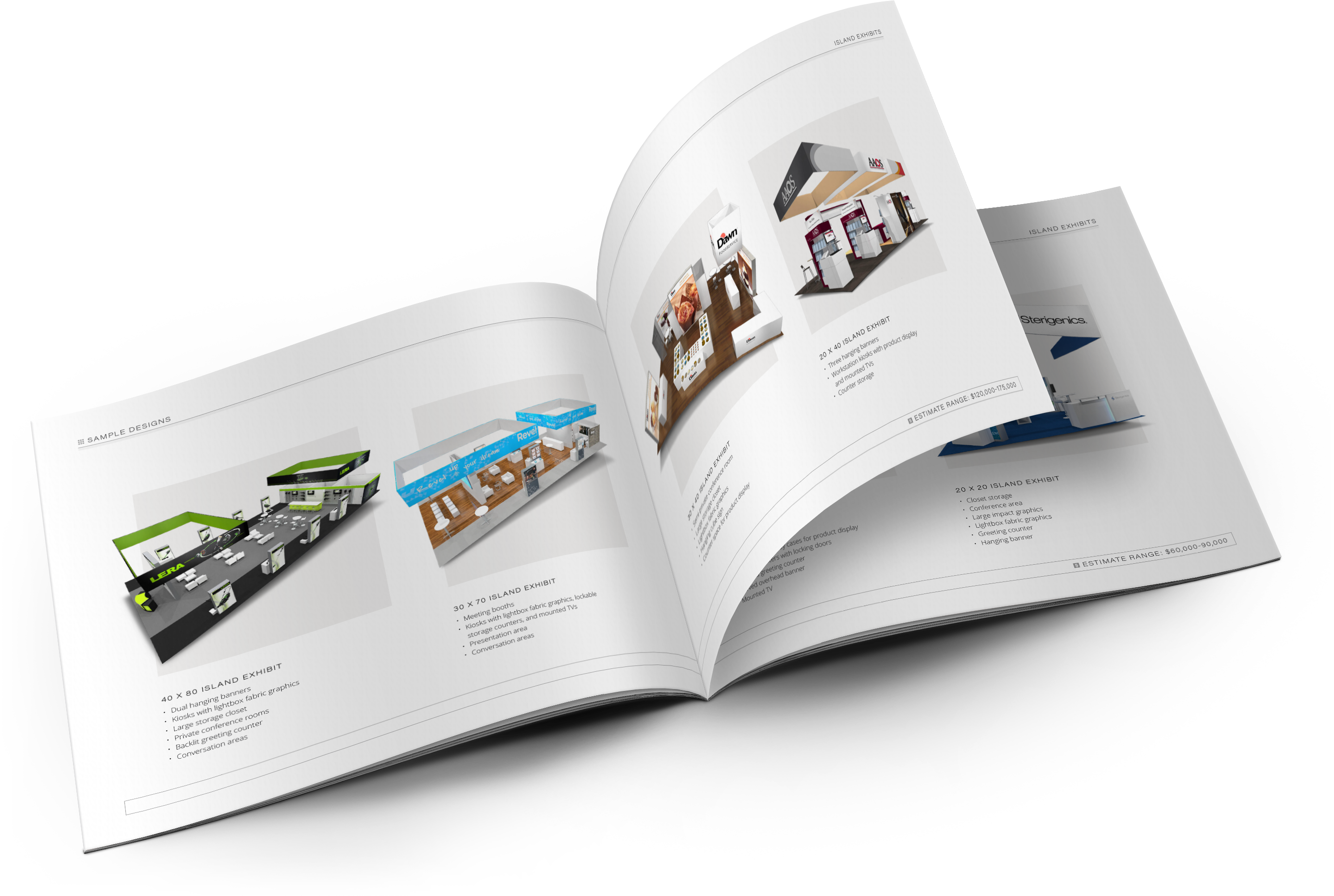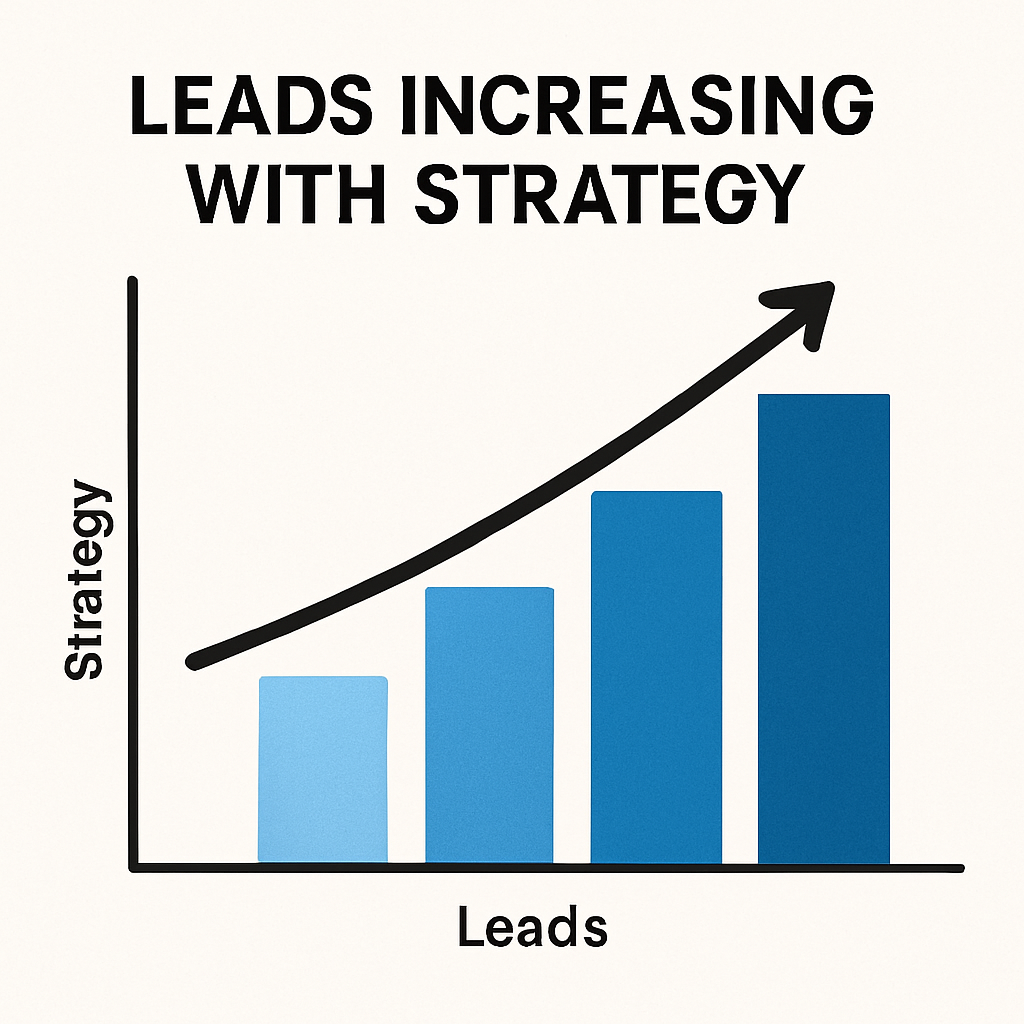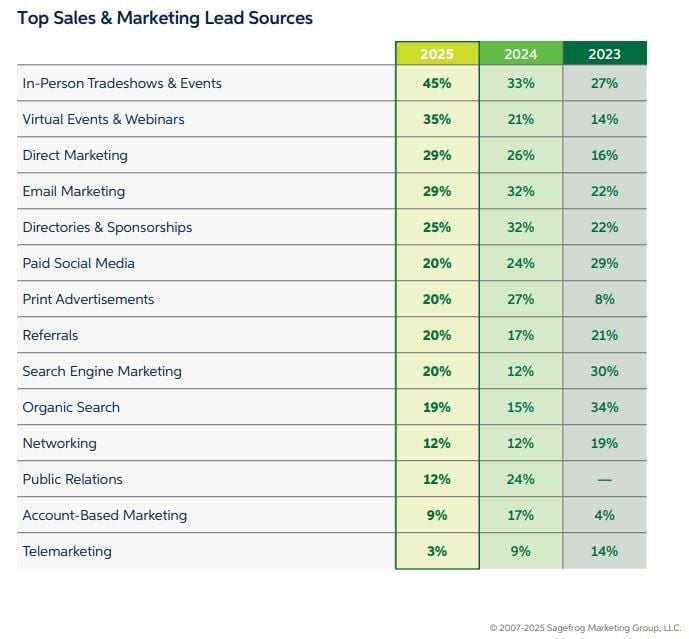Here are comprehensive and practical insights meticulously crafted to empower you in overcoming a wide array of obstacles that may arise in your professional journey. These insights are not just theoretical but are grounded in real-world applications, enabling you to refine your strategic approach with precision and clarity. By leveraging these insights, you can drive measurable results that are not only aligned with your immediate objectives but also contribute to your long-term vision and goals. These insights serve as a guiding compass, helping you navigate through complex challenges with confidence and agility. They provide you with the tools to enhance your methodologies, ensuring that your strategies are both innovative and effective. Ultimately, these insights are designed to help you achieve significant outcomes that are pivotal to your overall success, fostering growth and advancement in your endeavors.
INTERACTION & INNOVATION
Your audience is yearning for a deeper connection, one that transcends mere interaction and fosters a genuine bond. To achieve this, consider implementing these comprehensive strategies to elevate engagement, captivate audiences, and create brand moments that are not only memorable but also transformative.
Begin by crafting detailed face-to-face brand guidelines. This involves meticulously defining how your brand is represented in live experiences, ensuring that every interaction is not only intentional but also cohesive and memorable. These guidelines should encompass everything from the tone of communication to the visual elements, creating a consistent and impactful brand presence.
Next, design the ideal attendee journey by carefully mapping out key touchpoints. This involves creating a seamless, immersive experience that is tailored to the specific needs and preferences of your visitors. Consider every aspect of their journey, from the initial point of contact to the final farewell, ensuring that each step is thoughtfully planned to enhance their overall experience.
Furthermore, distill the stories you wish to convey and identify the core narratives that set your brand apart. Weave these narratives into every interaction, ensuring they resonate deeply with your audience. This storytelling approach not only differentiates your brand but also creates a lasting emotional connection with your audience.
Finally, seek inspiration on the show floor by actively observing emerging trends, engaging with other exhibits, and gathering valuable insights. Use these observations to refine and elevate your approach, ensuring that your brand remains at the forefront of innovation and creativity. By continuously learning and adapting, you can enhance your brand's impact and create unforgettable experiences for your audience.
ADAPTABILITY & GROWTH
Your program should not hold you back. To ensure your program remains agile and adaptable, consider these comprehensive steps to enhance scalability and flexibility across your entire program, allowing it to grow and adapt to changing demands and opportunities.
Begin by creating a dynamic inventory of on-brand assets. This involves developing a core set of properties that can seamlessly adjust across various event formats, ensuring that your brand presence is consistently reinforced. By having a versatile collection of assets, you can easily adapt to different event requirements while maintaining a strong and cohesive brand identity.
Next, optimize booth configurations for maximum efficiency. This can be achieved by thoroughly assessing booth sizes and identifying structural similarities that can be leveraged to streamline logistics. By doing so, you can reduce costs and simplify the process of scaling your presence across your event calendar. This strategic approach not only enhances operational efficiency but also ensures that your brand is presented in the best possible light at every event.
Align your event schedule for maximum impact by carefully identifying overlapping shows and regional opportunities. This allows you to consolidate resources and maximize your reach, ensuring that your efforts are focused on the most promising opportunities. By strategically planning your event participation, you can enhance your brand's visibility and engagement with your target audience.
Finally, diagnose scalability challenges before they arise by regularly assessing your program’s property inventory. This involves taking a proactive approach to identify and discard old, unused elements that may be causing inefficiencies. By addressing these issues before they become obstacles, you can ensure that your program remains agile and capable of adapting to new challenges and opportunities. This forward-thinking strategy not only enhances your program's scalability but also positions your brand for sustained growth and success.
3. FINANCIAL CONSTRAINTS
Your financial constraints should be a tool for creativity, not a constraint. By adopting a strategic approach to financial management, you can unlock new avenues for innovation and ensure that your resources are utilized to their fullest potential. Consider these comprehensive steps to stretch your budgets further and maximize impact, allowing you to achieve your objectives without compromising on quality or effectiveness.
Begin by uncovering the true cost of ownership. This involves conducting a thorough analysis of your full program investment to identify hidden expenses that may be draining your resources. By gaining a clear understanding of where your money is going, you can ensure that every dollar is working harder for you, ultimately leading to more efficient and effective use of your budget.
Next, right-size your show schedule by focusing on the most impactful events. This means carefully evaluating each event's potential return on investment (ROI) and prioritizing those that offer the greatest benefits. By concentrating your efforts on these high-impact opportunities, you can maximize ROI while simultaneously reducing unnecessary spending on less effective events.
Optimize your booth staffing model by adjusting staffing plans across your event calendar. This involves strategically allocating your team members to enhance engagement with attendees while keeping costs under control. By ensuring that you have the right number of staff at each event, you can maintain a high level of interaction and service without overspending on personnel.
Finally, identify cost-reduction opportunities by comparing and contrasting show expenses. This step requires a detailed examination of all costs associated with your events to uncover areas where you can streamline operations. By finding ways to reduce expenses without diluting the impact of your presence, you can achieve a more cost-effective approach that still delivers powerful results. Through these strategies, your budget becomes a catalyst for creativity and success, rather than a limitation.
4. RESOURCE LIMITATIONS
Resources are stretched thinner than ever, making it crucial to adopt strategic measures to bridge the resource gaps effectively. Here are some comprehensive steps to consider in addressing these challenges:
Firstly, leverage your exhibit partner’s extensive knowledge, diverse resources, and strategic guidance to significantly lighten your team’s workload. By tapping into their expertise, you can delegate certain responsibilities, allowing your team to focus on core tasks while ensuring that all aspects of your exhibit are handled with precision and professionalism.
Secondly, immerse yourself in the wealth of information provided by subject-matter experts. This will not only keep you abreast of the latest industry trends but also enable you to optimize your program and refine your approach. Engaging with these experts can provide valuable insights that help you anticipate market shifts and adapt your strategies accordingly, ensuring your program remains relevant and effective.
Thirdly, build a robust partnership plan for success by closely aligning with your trade show partner. This involves creating a proactive, long-term strategy that maximizes both efficiency and impact. By fostering a collaborative relationship, you can develop a shared vision and set of goals that drive mutual success, ensuring that every action taken is strategically aligned with your overarching objectives.
Lastly, uncover hidden capabilities within your network by deepening your understanding of your exhibit partner’s full range of services. This exploration can reveal new efficiencies and innovative solutions that you may not have previously considered. By fully utilizing the breadth of services available, you can unlock potential efficiencies and streamline operations, ultimately enhancing the overall effectiveness of your program.
5. DEMONSTRATING VALUE
Value is undeniably crucial in today's business landscape, serving as the backbone for informed decision-making and strategic planning. However, a strategy that is deeply rooted in actionable insights and delivers measurable Return on Investment (ROI) is equally vital. To effectively demonstrate the success of your trade show endeavors, consider implementing the following comprehensive steps:
First, clearly define the role of your trade show program within the broader sales process. This involves articulating how trade shows contribute to your sales funnel, from lead generation to closing deals, thereby showcasing their impact and driving measurable outcomes. By establishing this connection, you can better illustrate the value trade shows bring to your overall business strategy.
Next, refine your lead ranking system to ensure that you are prioritizing high-value prospects. This means developing a robust framework that allows you to identify and focus your efforts on the leads that are most likely to convert into sales. By concentrating on these high-potential opportunities, you can optimize your resources and maximize the effectiveness of your trade show participation.
Additionally, extend your engagement efforts beyond the confines of the show floor by implementing nurturing strategies that reinforce key messages and maintain active conversations with prospects. This could involve follow-up communications, personalized content, and targeted outreach that keeps your brand top-of-mind and continues to build relationships long after the event has concluded.
Finally, rethink your lead survey approach by revising survey questions to capture meaningful and actionable data. This data should not only inform your future strategies but also provide concrete evidence of the event's ROI. By gathering insights that are directly tied to your objectives, you can better demonstrate the tangible benefits of your trade show activities and make data-driven decisions that enhance future performance.





.jpg)